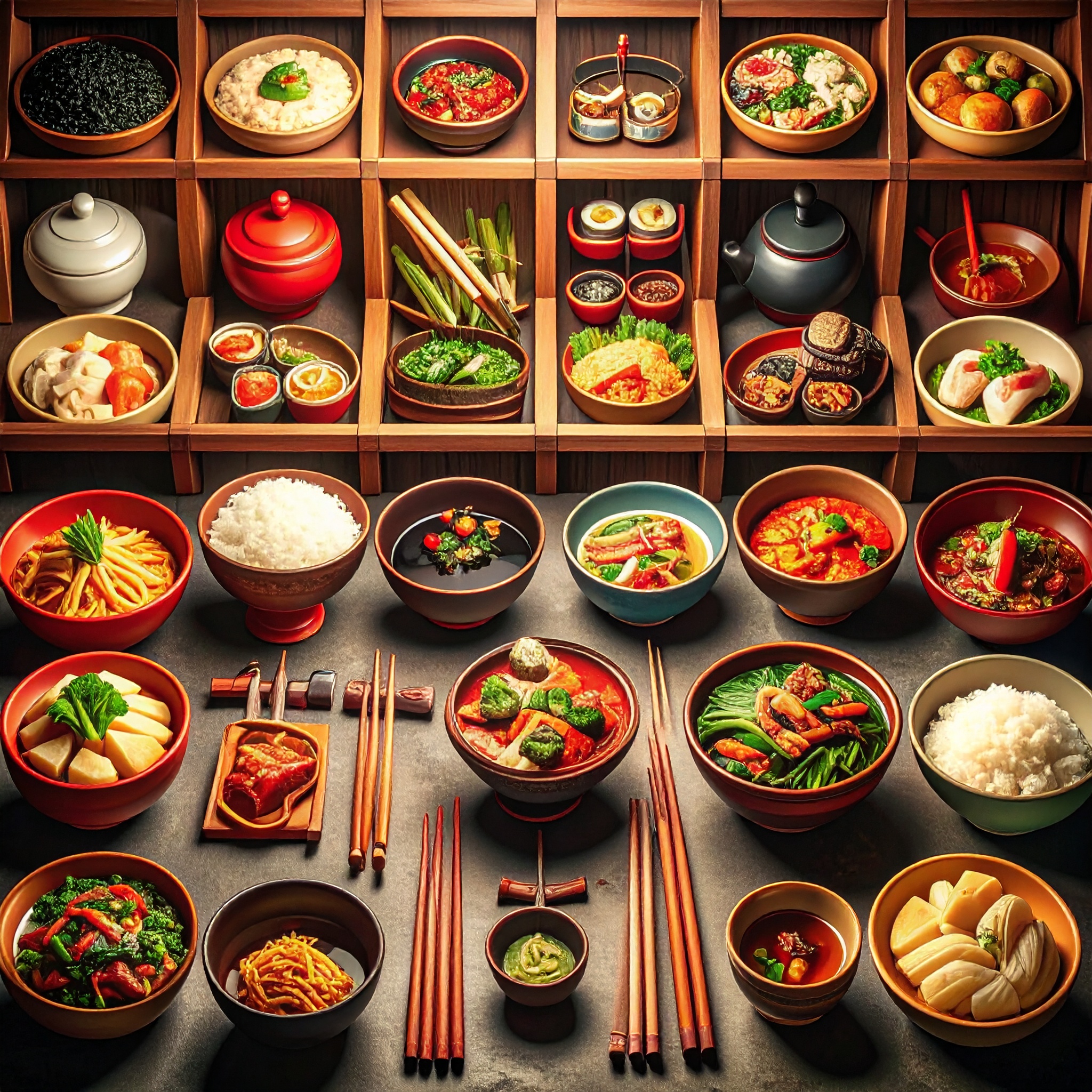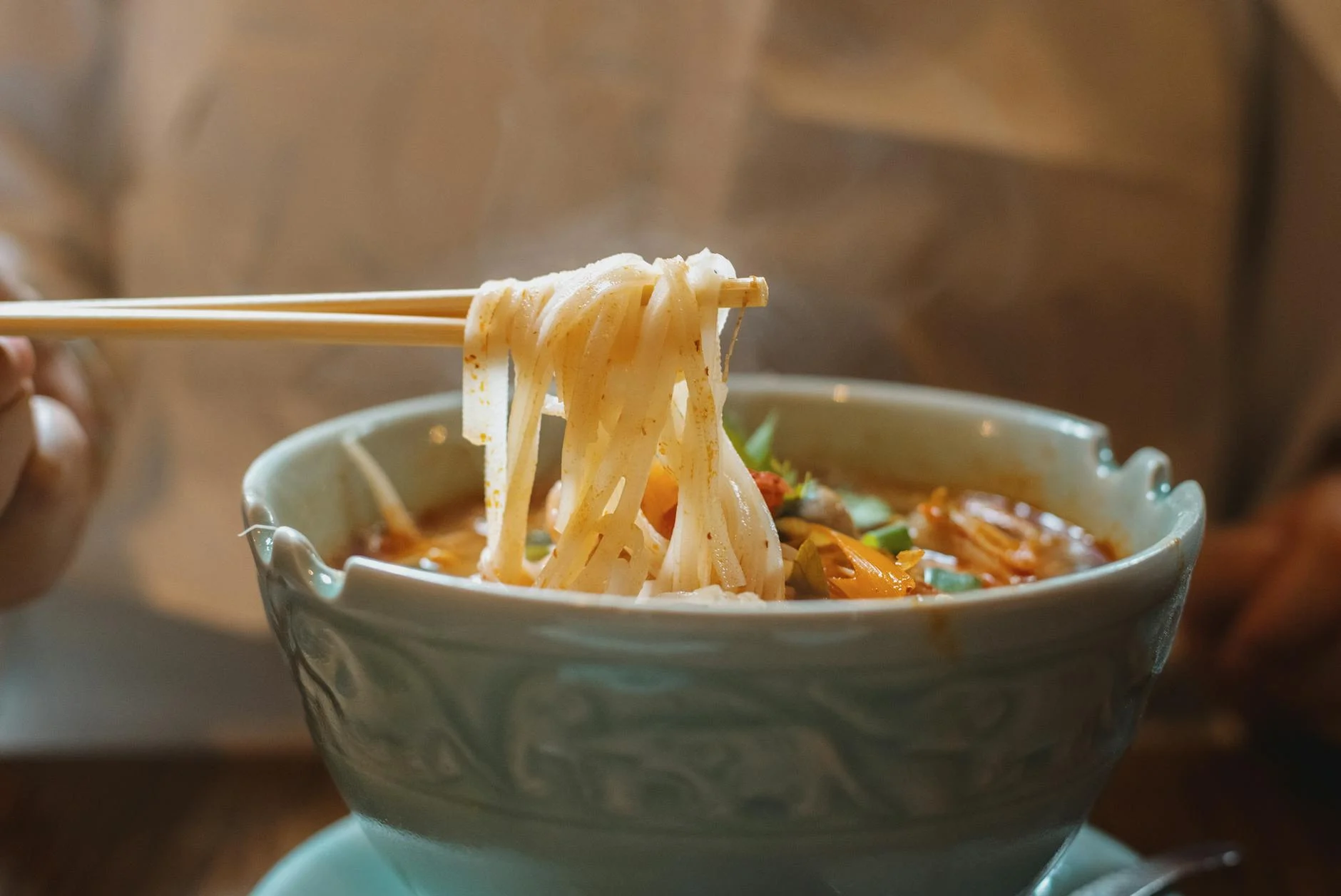Among the elements of the Japanese dining experience, none is more familiar—and more profound—than the chopsticks. Unlike the Western knife and fork, Japan’s slender utensils, crafted from wood or bamboo, are not only tools of function but also quiet reflections of aesthetic sensibility and cultural refinement.
Chopsticks in Japan are more than mere utensils. The way they are held, the grace with which they carry food to the mouth, even the sound they make when being set down—all speak volumes about a person’s upbringing, education, and sense of respect. In a society where nonverbal communication carries immense weight, chopstick etiquette becomes a subtle yet powerful expression of courtesy and poise. This is why Japanese children are taught from an early age to use chopsticks properly, and why refined usage is regarded as a virtue.
Although their origin traces back to China, chopsticks in Japan have evolved uniquely. At celebratory gatherings, red-and-white ceremonial chopsticks are used; in Buddhist vegetarian cuisine, white willow wood is preferred; and in haute cuisine, lacquered or ebony chopsticks elevate the experience. Their design—length, material, and proportion—is meticulously considered to suit each occasion, revealing the deeper craftsmanship that underpins Japanese dining culture.
Equally vital are the manners that surround their use. Standing chopsticks upright in a bowl of rice is strictly avoided, as it mirrors a ritual seen only at funerals. Similarly, passing food from chopstick to chopstick is taboo, evoking the act of handling cremated remains. These rules are not mere superstition—they stem from a profound reverence for life, death, and the spiritual symbolism of nourishment.

In Japanese dining culture, behaviors such as licking chopsticks, waving them in the air, or hesitating indecisively above dishes are regarded as impolite. These actions not only cause discomfort to others at the table, but also signify a lack of respect toward the food and its creator. In essence, chopsticks serve as a bridge—connecting the diner with the dish and, by extension, the hands that prepared it. True mindfulness lies not only in how one eats, but in an awareness of others sharing the experience.
The gestures associated with chopstick use quietly yet powerfully express Japan’s refined aesthetic values. The ideal movement is small, subtle, and fluid—an effortless choreography of grace. One lifts the bowl gently, selects a bite with care, and brings it to the mouth without sound. Even the faint touch of porcelain against wood is considered in this understated performance, turning the act of dining into something akin to an elegant dance.
Such graceful movements often leave a lasting impression on international visitors. In upscale kaiseki restaurants or traditional ryokan, guests frequently describe the chef’s silent, deliberate use of chopsticks to serve each course as a form of living art. In Japan, using chopsticks is more than custom—it is an expression of hospitality and gratitude, imbued with cultural meaning and emotional resonance.
The cultural inheritance conveyed through chopsticks is both subtle and profound. A notable example is the ceremonial iwai-bashi used during the New Year celebration. These chopsticks are tapered at both ends—one side for the deity, the other for the person—symbolizing the sacred act of sharing a meal with the divine. In this way, chopsticks transcend their role as utensils to become emblems of spiritual connection and cultural reverence.
While contemporary life often includes the use of Western cutlery like spoons and forks, chopsticks remain the culinary foundation for most Japanese. Even a simple convenience store bento is accompanied by disposable chopsticks, often tucked into paper sleeves printed with seasonal motifs or expressions of gratitude. This quiet attention to detail reflects a broader cultural aspiration: to honor the act of eating with sincerity and mindfulness.

In recent years, the rise of eco-conscious living has brought renewed attention to the cultural and personal value of chopsticks. Many now carry their own my-hashi—personal chopsticks—or choose handcrafted versions made from locally sourced wood. More than a mere tool, chopsticks have become a reflection of lifestyle, sustainability, and personal identity.
The use of chopsticks extends far beyond the everyday dining table. In practices such as the tea ceremony or kaiseki cuisine, their handling is intertwined with aesthetics and etiquette. In kaiseki, everything—from the angle at which chopsticks are placed to how they rest between courses—follows precise rules that quietly communicate respect and harmony between host and guest.
Japan, often referred to as the “Land of Chopsticks,” holds a deep philosophy within the act of eating—one that connects people to each other, to nature, and to tradition. All of this meaning is contained within a pair of simple wooden utensils. To hold them with care, to use them with quiet precision, and to set them down in gratitude—these gestures encapsulate the essence of Japanese dining culture.




